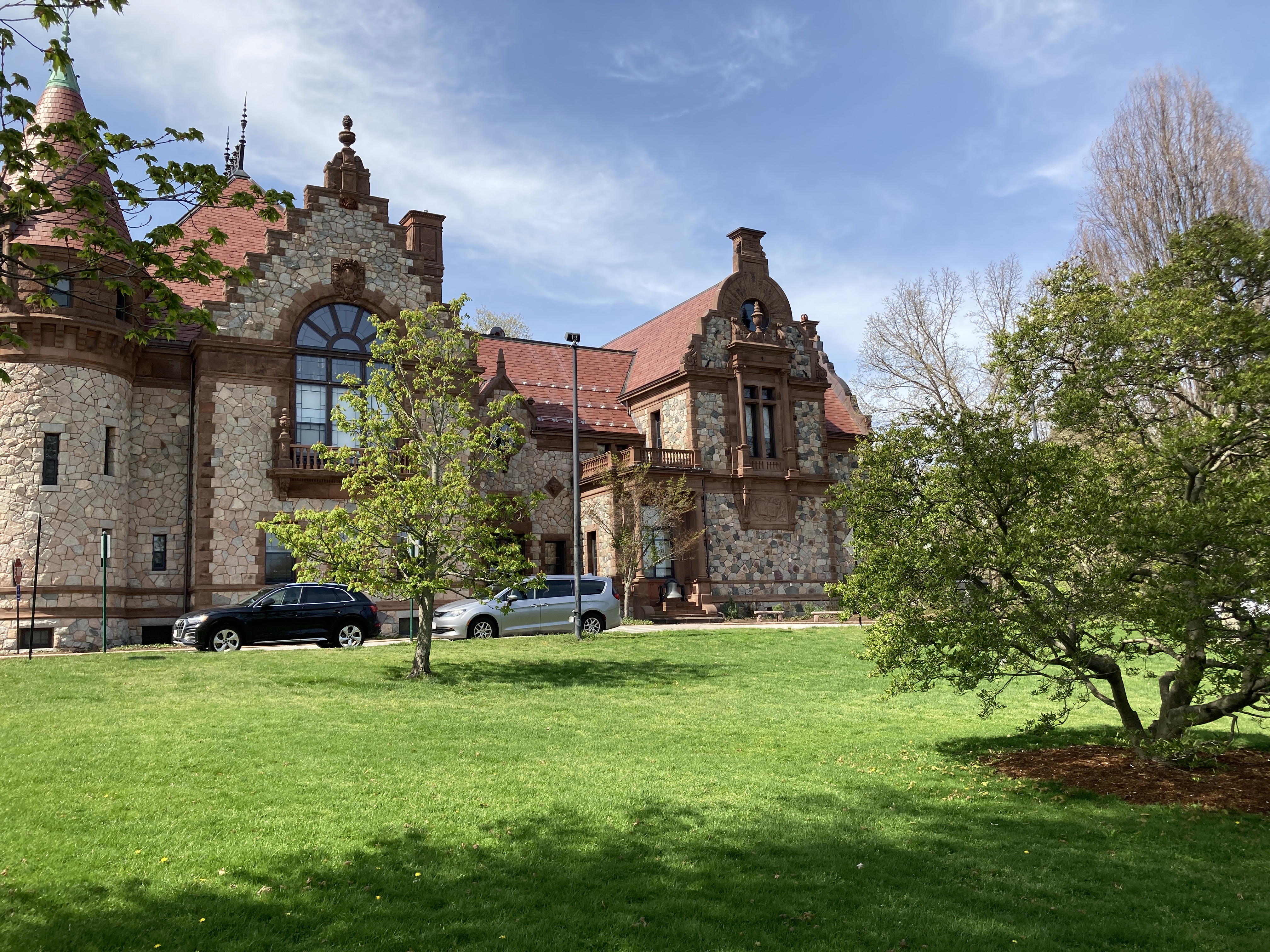Every year, Earth is celebrated around the world by people planting trees, cleaning local communities, and recycling. This year, Wellesley gave a new meaning to celebrating Earth Day with their new Climate Action Plan.
The goal of this plan is to get to net zero greenhouse gas emissions by 2050. Led by the Climate Action Committee, this initiative has been in the works for over ten years, and has already reduced these emissions by over 25 percent.
“A lot of other comparable towns to us have really extensive climate action plans, so it was long overdue,” said Ms. Susan Morris, vice chair of the Climate Action Committee.
Buildings currently make up 63 percent of the emissions in Wellesley. Climate Action Committee member Mr. Fred Bunger explained where the emissions from buildings come from.
“Most of the buildings’ emissions come from the use of energy,” said Bunger. “What we need to do to get to the 2050 goal is for the emissions to be zero…the only way to achieve that is if the electrical supply to the home all comes from renewable power.”
Clean, renewable energy relies on sources including the sun and the wind. This means that during some points in the day, certain places may not have power at all, or will have to use dirtier power sources, sources that discharge a lot of emissions.
Dirty sources are used mostly during peak energy hours of the day, when other power sources are used up. Energy efficiency is one of the four ways to lower the amount of energy used during these peak times. The more efficient a home is, the less energy it will use.
“The cleanest kilowatt is the one you don’t use,” said chair member of the Municipal Light Board and Climate Action Committee member Ms. Ellen Korpi.
Another way is to encourage people to use electricity at other times than the peak time. For example, dishwashers could be turned on later than normal, after the peak. The third is energy storage. If solar energy that is not used during the day is stored, then it can be used later, during these peak energy hours.
“If you turned off your hot water heater for three hours, it is so well insulated that the water would still be hot. When those demand times came, we could turn off everybody’s water heater for three hours…and we would be lowering the demand curve,” said Korpi.
Transportation makes up most of the other part of the emissions, at 31 percent, especially through traveling alone in cars and idling in lines.
“We’ve done a lot of idling awareness programs, try and promote biking and walking wherever possible, sign up for the school bus so you don’t have to drive your kid or drive individually,” said Morris.
Currently, the high school’s year-long bus pass costs $500 dollars per student. This could cause a disinterest in taking the bus to school, and not help to reduce greenhouse gas emissions in transportation.
Buildings and transportation are not the only important climate change contributors. While waste only releases six percent of the emissions, it is still an important factor in climate change.
Trash filling landfills can result in the release of greenhouse gases, but also can end up in the ocean or create disruption in the surrounding ecosystems. The Wellesley Recycle and Disposal Facility (RDF) handles garbage through the separation of different recyclable items and transformation of food waste into energy.
Despite all this, non-recyclable waste still poses a problem for Wellesley.
“Black plastic is used for takeout containers, and is not recyclable…There is no secondary market for it, so they are landfilling all of it. We are trying to educate people about that, and alternatives,” said Morris.
Wellesley has also set up two programs, one at the high school called “Banquet to Box”, where reusable tablecloths and water dispensers are now available for use during school banquets and events, and Wellesley Give and Take, where people can drop off items that they don’t use anymore, and they are taken by others who need them.
Although the Climate Action Plan may seem like a fix for all climate change problems in Wellesley, this plan is only a blueprint, and needs the help of Wellesley citizens to further the progress of this plan. Bunger describes some of the things that students could do to help the environment this year.
“In your personal life, what can you do to reduce waste? Am I buying stuff in plastic that could be in cardboard? Am I buying something that’s going to be thrown away or could I avoid it? Could I walk rather than ride? Could I turn the lights off when I walk out of a room?” said Bunger.
“You can make a difference…it’s not an option not to do something. Climate change is real and it’s part of our day to day life, and we have to act on it now,” said Morris.

